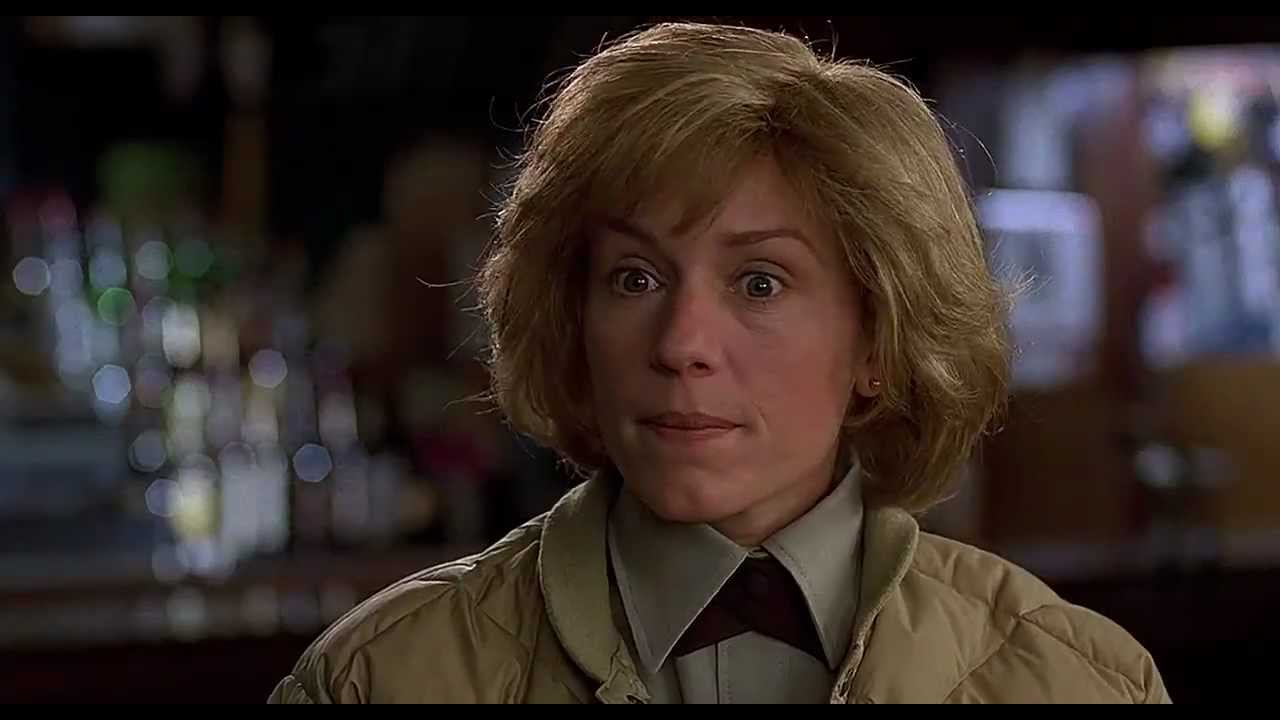In “Fargo,” what is the attitude towards midwestern values?
On the surface, Fargo (1996) looks like it’s poking fun at Midwesterners. The homespun murder story certainly highlights their many colorful attributes, accentuating their long vowels, punctuating conversations with extra “hecks” and “oh geezes,” but it is the spirit of those portrayals that speaks volumes. Superficially, it’s easy to understand why the film looks like a mockery of its characters’ geographic tics. Substantially, Fargo is more an examination of how desperation and sadness can be masked by cultural pleasantry—or in this case, “Minnesota nice,” as it’s known, the northern equivalent of “southern hospitality.”
Joel and Ethan Coen, the writing/directing/producing team behind the film, grew up in the very environment where Fargo takes place. Now hailed as arguably the best entry in their inventive filmography, Fargo is a seamless blend of comedy, crime procedural, and value film.
Fargo exaggerates its vision of Midwestern people for comedy. Most of the picture’s humor flows through them as a result. Beyond the downplayed behavior of these people and their seemingly bland, casual existence, the film implies a deep emotional wealth masked by the complexity of their outward simplicity. This is exactly why Marge Gunderson (Frances McDormand) emerges as the picture’s protagonist and carrier of morality. While she eats Arby’s and talks through a triple homicide like it’s no big thing, her life is full of emotional depth - a husband happy to get up in the middle of the night and cook her eggs, a child on the way, a high-ranking job that puts her in danger and forces her to witness the travesties of humanity. Through all this, her impression of life is one of internal value, evidenced by her final speech to Gaear (Peter Stormare) in the police car about life being more substantial than money and superficiality.

For every comedic or exploitative joke in Fargo, there is equal sentimentality. It is hard to watch the aforementioned egg breakfast scene and think the Coens intend these characters to be mocked. The quirky Minnesotans serve as a contrast to the film’s truly grim story about kidnapping and murder, standing as a polite and charming light in an otherwise dark tale. At the same time, some of these people who seem quaint and chipper on the outside are the same ones putting folks in wood chippers — committing crimes, murdering each other — and thus this Midwestern caricature is able to reflect the range of human behavior beneath appearances.
The Dissolve writes, “The glib, cynical culture-clash comedy is right there in the phrase ‘Minnesota nice,’ with its juxtaposition of Midwestern pleasantness and Miami Vice seediness. But we wouldn’t still be talking about this film if the Coen brothers’ take on the material didn’t go so much deeper and find the wonderful humanity and loveliness in characters who, in lesser hands, could easily have been shrill caricatures. The laughter of Fargo is deeper and more rewarding because the film allows us to know these people on such a deep, profound level.”
Film School Rejects adds, “There’s a richness to the various portraits that’s born out of the obvious affection the filmmakers have for the characters and their admirable insistence on filling their movie with observational, naturalistic details instead of tepid clichés.”
Does Fargo joke about Minnesota accents and play Midwestern citizens off as darn-tootin’ goofy folks? You betcha. But the film’s nuanced romance with the setting goes beyond that playful surface.

